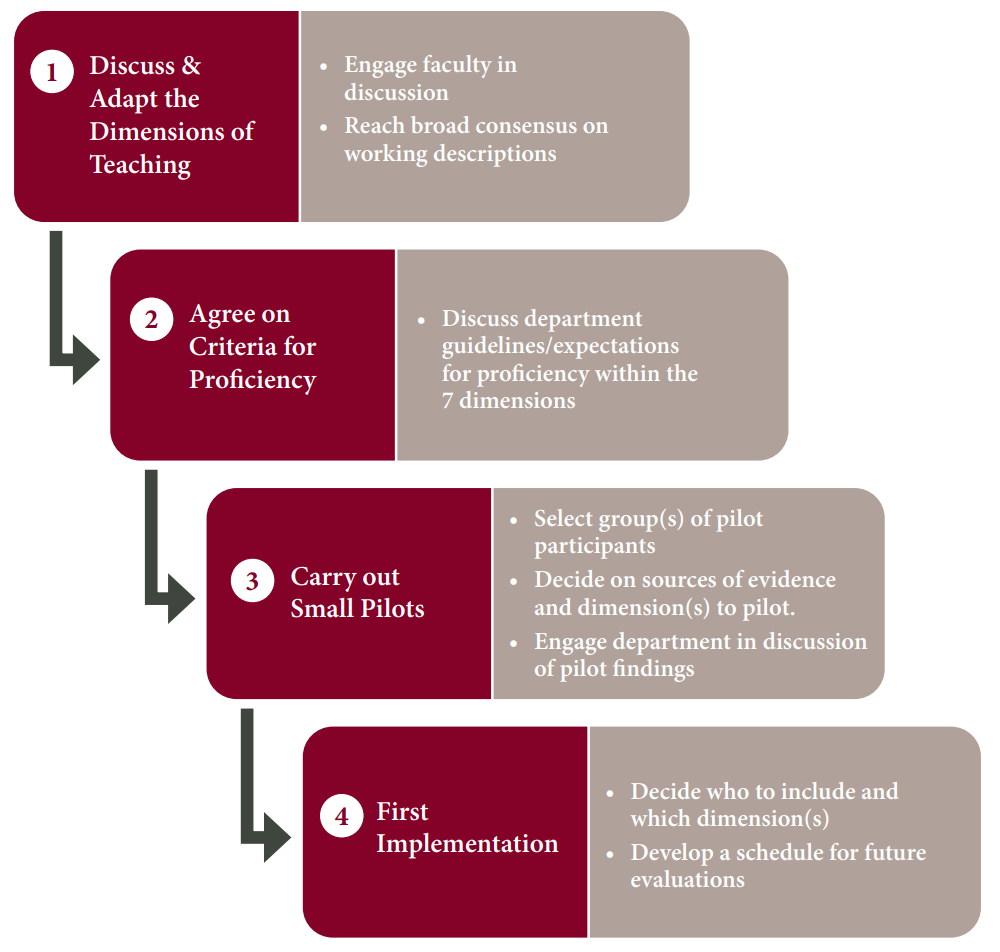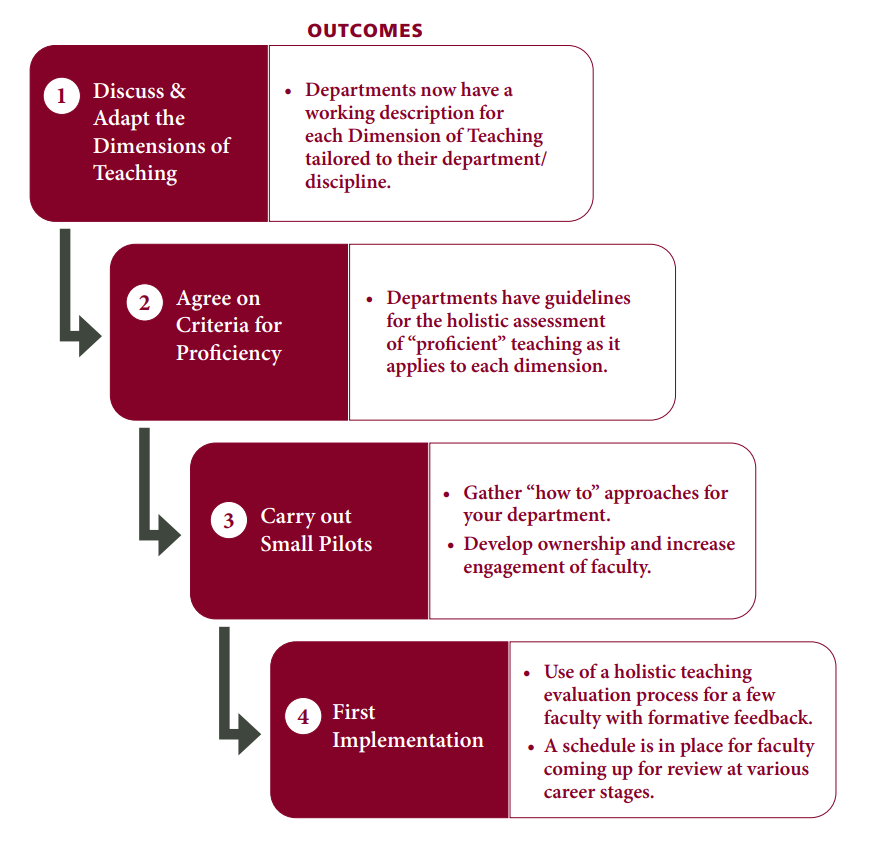Sites -> KU
Visit the KU TEval webpages.
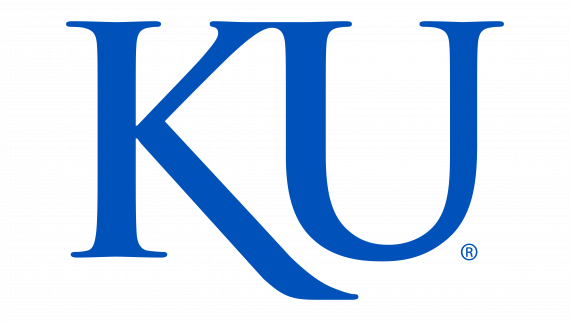 TEval at The University of Kansas is based on Benchmarks for Teaching Effectiveness and is led out of
KU’s Center for Teaching Excellence (CTE).
University policy requires multiple sources of information
for teaching evaluation, therefore the primary focus of the KU project is on developing structures,
procedures, and expectations that support more meaningful implementation of the policies.
TEval at The University of Kansas is based on Benchmarks for Teaching Effectiveness and is led out of
KU’s Center for Teaching Excellence (CTE).
University policy requires multiple sources of information
for teaching evaluation, therefore the primary focus of the KU project is on developing structures,
procedures, and expectations that support more meaningful implementation of the policies.
The effort began in 2015 when the CTE developed the Benchmarks rubric (Greenhoot et al., 2020) in
response to growing faculty dissatisfaction with teaching evaluation practices, along with widening
faculty participation in educational transformation. The Benchmarks rubric was built on a model
of teaching as inquiry (e.g., Bernstein, 2008) that had guided CTE programs for years; the rubric
translated those ideals into transparent expectations about effective teaching and was refined
through broad input from stakeholders, including department chairs, CTE department
ambassadors, and departments that piloted it for peer review of teaching.
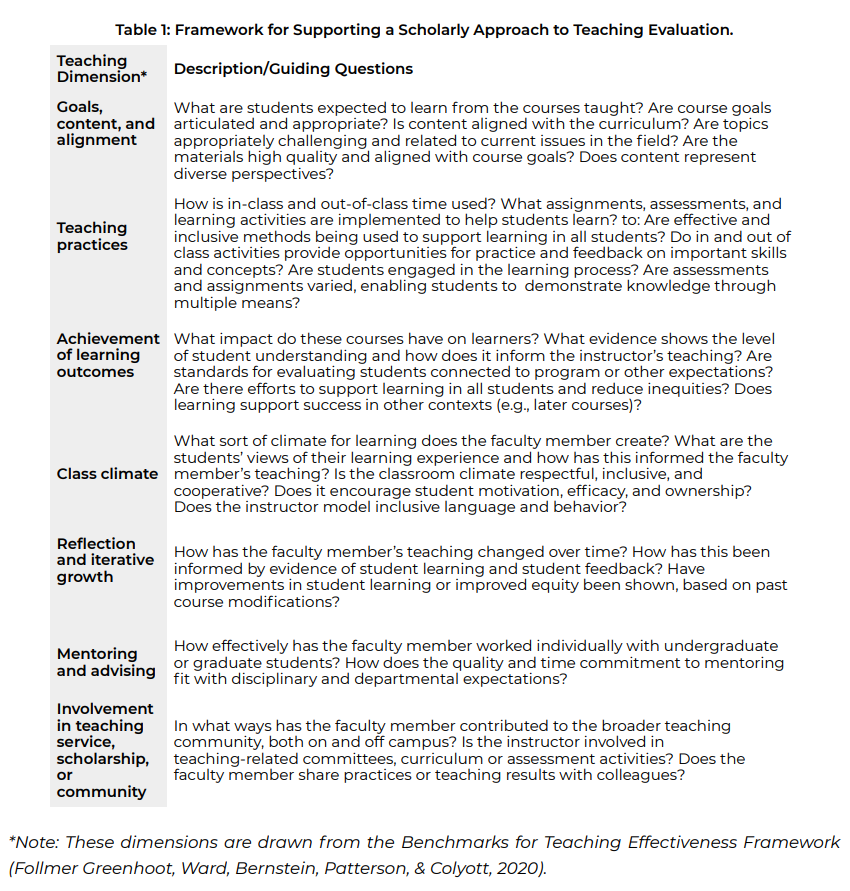
As the hub of KU’s TEval implementation, the CTE supports departments in carrying out the iterative process while also collaborating with university leadership and governance structures to move towards institutionalization of a transformed approach. To ensure readiness and broad engagement, departments are selected through a competitive proposal process that prioritizes clear support from the department chair and broad faculty participation. Departments identify a project leader and a team of three or more faculty members to carry out the work. The CTE supports department-level work through:
- Mini-grant funds
- Monthly consultations with a CTE faculty leader
- Examples, templates, tools, and other resources
- Convening a cross-department working group that meets about twice a semester to share strategies, results, and lessons
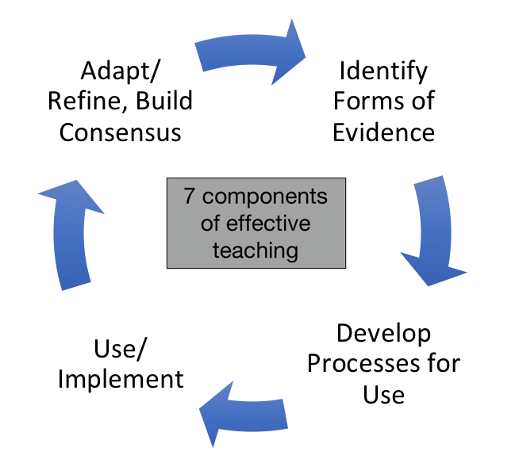
To date, 12 STEM and non-STEM departments in three cohorts have adapted and used the rubric and built consensus around it. Although all departments are working towards use of the rubric for promotion and tenure (P&T) evaluations, they vary in their starting points. Some have already implemented it in the P&T context (for department-level evaluation, or peer- or self-reviews that become part of the P&T package), whereas others are first using it in lower-stakes or formative settings, such as mentoring of pre-tenure faculty or peer-review “triads.”
The CTE has also worked with administrators to align new requirements, recommendations, and infrastructure (e.g., requirements for the timing and quality of peer reviews, an online system for annual evaluation of contingent faculty and teaching professors) with the ideals embedded in the Benchmarks framework, and advocate the Benchmarks rubric as a tool for completing required processes. Additionally, participants and leaders in the Benchmarks initiative are serving on steering committees charged by the Provost Office and Faculty Governance to reconsider P&T guidelines on teaching and appropriate uses of student ratings.
